Powered flight
The piston engine had a power output of 8 kilowatts or 11 horse power and operated at 1100 rpm.
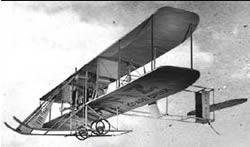
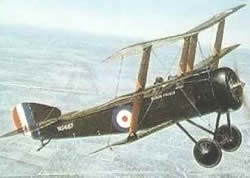
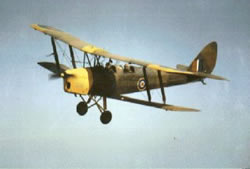
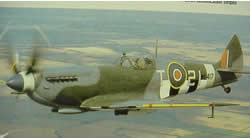

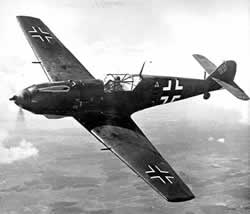
|
Powered flight
|
|
| In 1903 a four cylinder
engine powered the Wright flyer, pictured on the right, designed by Orville
and Wilbur Wright. The piston engine had a power output of 8 kilowatts or 11 horse power and operated at 1100 rpm. |
 |
| The first military aircraft were slow and cumbersome. Weak engines provided little thrust and so three sets of wings were needed to generate lift. This made the plane heavy and with the lines and supports holding the wings together drag forces were significant. |  |
| As the power of the engine increased biplanes became more fashionable. Biplanes now dominated the skies and the Tiger Moth, pictured on the right, proved to be a very successful plane. |  |
| As the piston engines became more sophisticated and powerful, the basic plane design soon changed. The Spitfire was one of the most successful planes during World War II. Fast and agile it was able to take on the might of German airforce during the Battle of Britain |  |
| The Hurricane, pictured on the right, and the Spitfire used the Rolls-Royce Merlin engine. This engine had a power rating of 1567 kW or 2100 hp. |  |
| Other powerful piston planes included the German Messerschmitt, pictured on the right. |  |